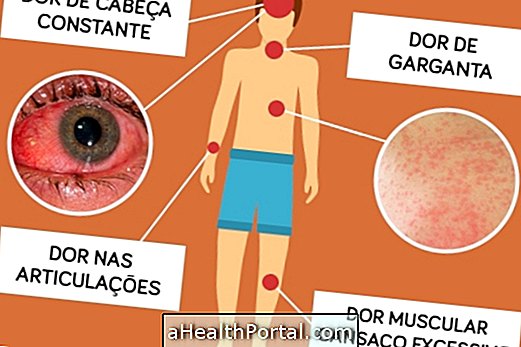Shoulder pain can occur at any age, but is usually more common in young athletes who use excessive joint, such as tennis players or gymnasts, for example, and in the elderly, due to the natural wear and tear of the joint.
Typically, this type of pain is caused by a temporary inflammation of the structures of the shoulder and therefore can be relieved by the application of ice on the spot, disappearing 3 to 5 days after its onset.
However, in some cases, this pain may be very severe, worsen over time, or not relieved. It is recommended to consult an orthopedist to identify if there is a serious problem and to start treatment appropriately.

1. Bursitis
This problem is caused by inflammation of the bursa, a cushion-like structure that protects the tendons and muscles of the shoulder bones during movement. This inflammation is more common in people who do repetitive arm activities such as painting, swimming, or arm training at the gym. Learn more about what bursitis is and how to treat it.
What you feel: It is common for the appearance of a sharp pain in the upper or front of the shoulder, which worsens with the movement of the joint to comb the hair or wear, for example.
How to treat: Ice should be applied in place for 20 minutes, 2-3 times per day. In addition, one should avoid using the joint in daily activities to relieve inflammation. If the pain does not improve after 2 or 3 days it is recommended to consult a doctor, as it may be necessary to take anti-inflammatories, such as Diclofenac, or even start physical therapy.
2. Tendonitis
Tendonitis is a problem similar to bursitis, however, it causes inflammation of the tendons of the shoulder instead of the bursa. In many cases, it can even appear accompanied by bursitis because its causes are also very similar and can affect both types of structure at the same time.
What it feels like: This problem only causes pain in the front of the shoulder, especially when moving above the headline or stretching the arm forward.
How to treat: It is very important to have physiotherapy sessions to treat inflammation of the tendons. In addition, applying cold compresses and passing anti-inflammatory ointments also helps to relieve pain. See more about shoulder tendinitis treatment.
3. Arthritis
Although it is more common in the elderly, this problem can also affect young adults, especially athletes who overuse the shoulder joint due to wear and tear.
What it feels: In addition to shoulder pain, it is common for joint swelling and difficulty moving the arm. As arthritis is not a temporary problem, the symptoms can get worse over time.
How to treat: The treatment should be guided by an orthopedist because it is usually necessary to use anti-inflammatory medicines, such as Ibuprofen or Nimesulide, to relieve the pain. Physical therapy should also be used as it helps strengthen the joint and reduce inflammation by improving shoulder movements.
4. Adhesive Capsulitis
This problem, also known as frozen shoulder, is a chronic inflammation of the shoulder that greatly distorts the movement of the joint. Adhesive capsulitis is more common in women over the age of 40 who have had their arm immobilized for more than 2 months.
What it feels: besides the pain, capsulitis causes an intense difficulty to move the arm, which gradually arises. Learn what signs help identify this problem.
How to treat: It is recommended to have physiotherapy sessions to mobilize the shoulder and relax the muscles of the joint. In more severe cases, surgery may be needed to identify and repair possible shoulder injuries. Learn more details of the treatment of adhesive capsulitis.
5. Fractures
Although almost always easy to identify, fractures can also cause few symptoms other than shoulder pain, especially when they have not occurred completely or are very small. The most common is the appearance of fractures in the clavicle or humerus due to falls or accidents.
What it feels like: Fractures usually cause severe pain, swelling and purple spots on the skin. However, when they are very small they can only cause a slight pain that increases over time and that prevent the movement of the arm.
How to treat: Immediately go to the hospital to identify the site of the fracture, correct the bone and immobilize the arm in the correct way to facilitate healing. Learn about first aid in case of fracture.



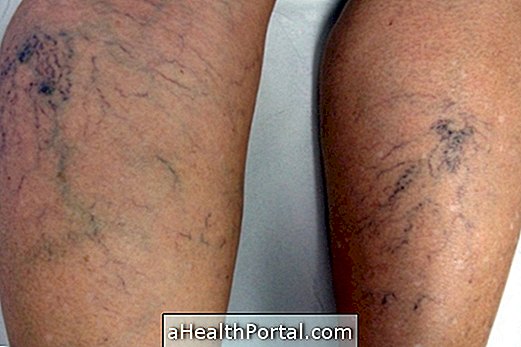
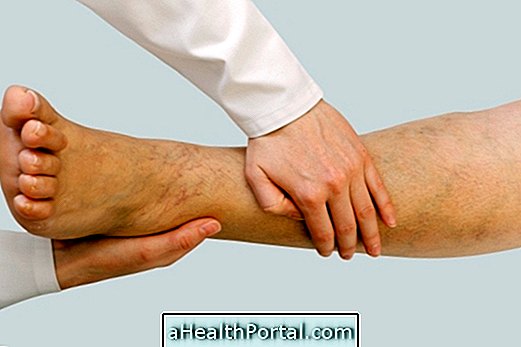
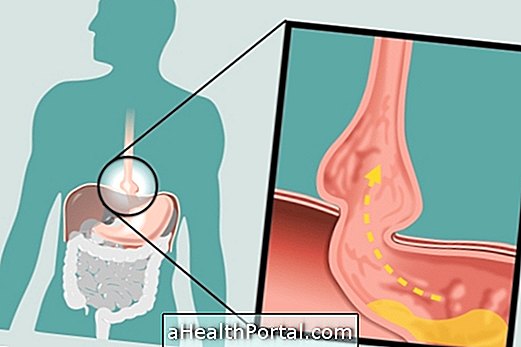





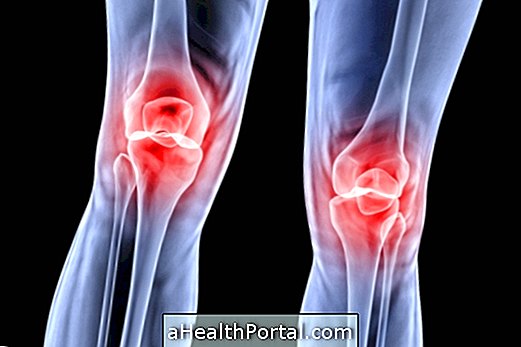

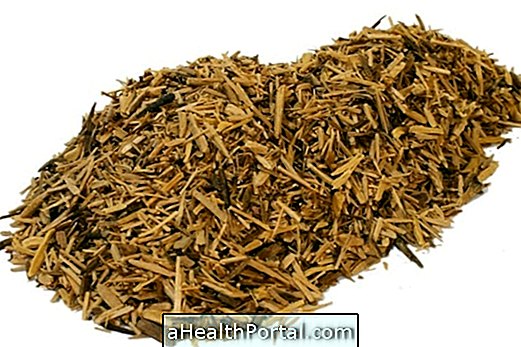





.jpg)


